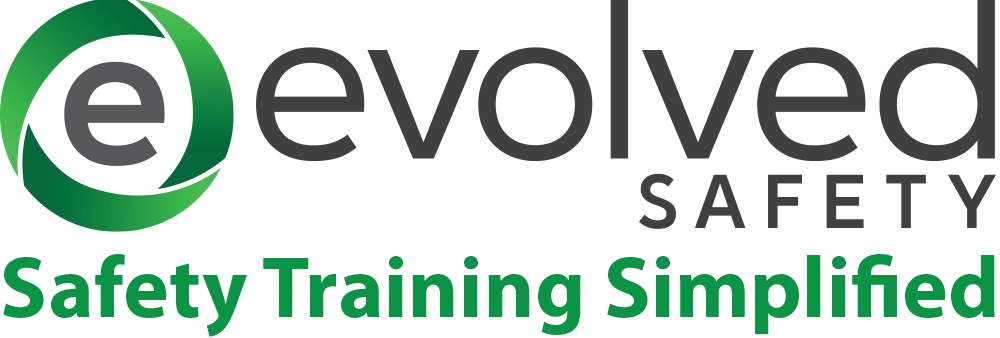Let’s face it, burn injuries in the workplace – and at home – are too common for comfort. In fact, they’re a leading cause of accidental death and injury in the United States by being the cause for roughly 450,000 patients to receive hospital and emergency room treatment for burns each year, according to the American Burn Association. And this statistic doesn’t include burn injuries treated in hospital clinics, private medical offices, or community health centers. Of these burns, roughly 3,400 burn injury deaths each year.

To cool off statistics like the above, every year The American Burn Association recognizes the first week of February as Burn Awareness Week to provide an opportunity for burn, fire, and life safety educators to raise burn awareness and prevention methods in organizations and communities. As a safety professional, there is much you can do to combat the risk of fire and burns in your workplace, including having a fire prevention plan.
Get a Plan in Place
The Occupational Safety and Health Administration (OSHA) requires employers to implement fire protection and prevention programs in the workplace. A fire prevention plan must be in writing, be kept in the workplace, and be made available to employees for review. Do you have a plan? At a minimum, here’s a look at what one should look like straight from OSHA:
- A list of all major fire hazards, proper handling and storage procedures for hazardous materials, potential ignition sources and their control, and the type of fire protection equipment necessary to control each major hazard.
- Procedures to control accumulations of flammable and combustible waste materials.
- Procedures for regular maintenance of safeguards installed on heat-producing equipment to prevent the accidental ignition of combustible materials.
- The name or job title of employees responsible for maintaining equipment to prevent or control sources of ignition or fires.
- The name or job title of employees responsible for the control of fuel source hazards.
In addition, OSHA also requires use of an alarm system to alert workers and local fire departments of fire emergencies, as well as requires that all employees be annually trained to use fire extinguishers.
Stay Aware, Stay Prepared
Whew! We know this is a lot of information, but safety never stops. Take advantage of this week to educate yourself and your employees on burn awareness and prevention methods in your workplace, including taking a look at your current fire prevention program. It’s always a good idea to stay aware and prepared should any type of emergency occur at your workplace, especially a fire.
